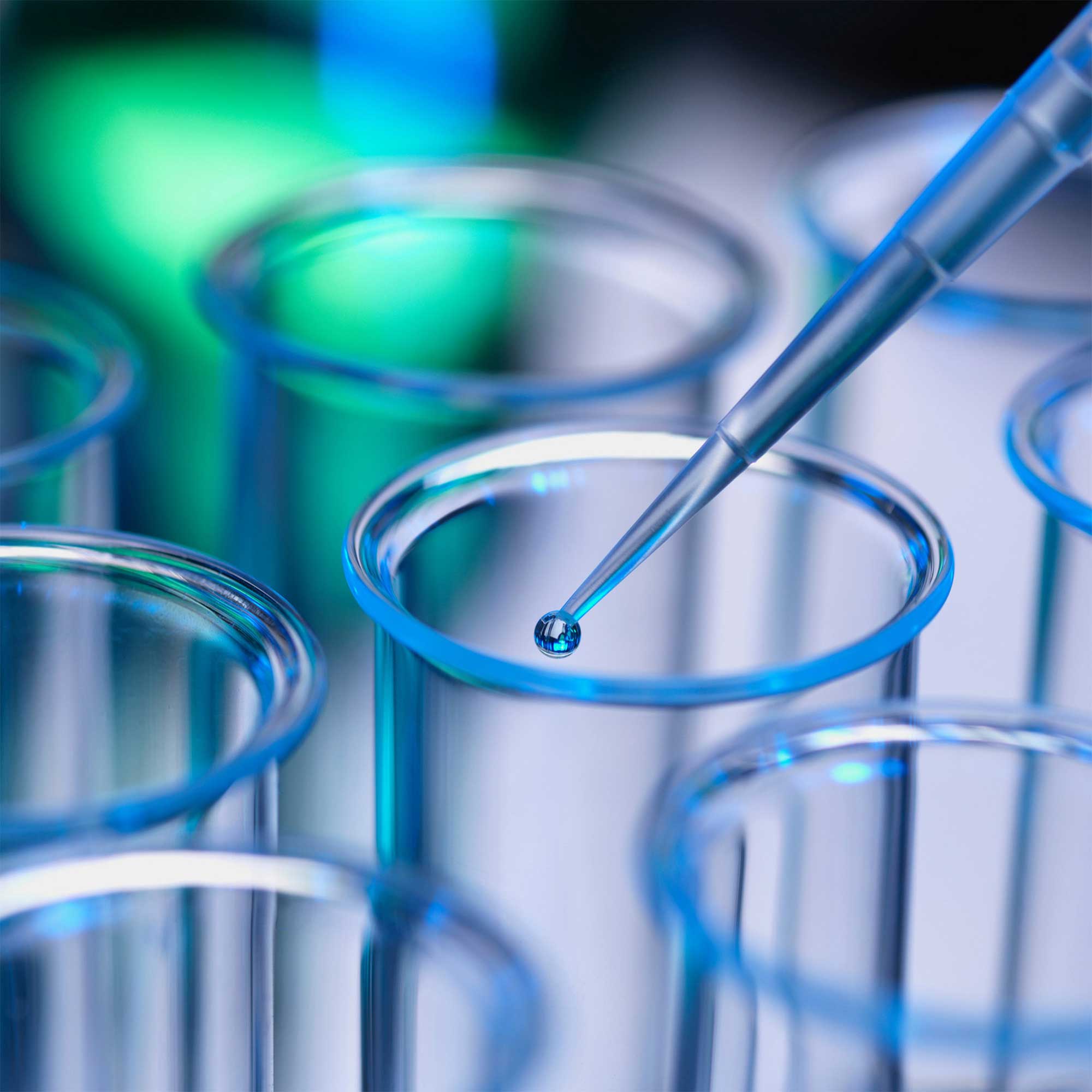5 Key Steps to Maintain Precision in Analytical Testing

5 Key Steps to Maintain Precision in Analytical Testing
Analytical testing plays a critical role in industries like pharmaceuticals, food, and environmental
science, ensuring quality, safety, and compliance. Precision, or the consistency of results across
repeated tests, is vital for reliable data and decision-making. Small deviations in precision can lead to
incorrect conclusions, regulatory violations, or product recalls.
This article outlines five essential steps to maintain precision in analytical testing and highlights best
practices for achieving consistent and reliable results.
1. Regular Calibration of Instruments
Calibration is the process of adjusting analytical instruments to align with a standard reference. It
ensures the accuracy and reliability of measurements, reducing variability in results.
Best Practices for Calibration
Follow Manufacturer Guidelines: Perform calibration as per the instrument’s user manual.
Frequency: Calibrate instruments at regular intervals or as specified by regulatory bodies.
Use Certified Standards: Employ traceable calibration standards for accuracy.
Maintain Records: Document calibration schedules, procedures, and results for audit
readiness.
Commonly Calibrated Instruments
Spectrophotometers (e.g., UV-Vis, FTIR)
Balances
pH meters
Chromatography systems
Failing to calibrate instruments can lead to inconsistent results, undermining data precision and
credibility.
2. Proper Sample Preparation
Sample preparation is a crucial step that directly impacts the accuracy and precision of analytical
results. Errors during this stage can introduce variability and compromise the integrity of data.
Tips for Reliable Sample Preparation
Homogeneity: Ensure samples are well-mixed to represent the entire batch.
Avoid Contamination: Use clean, dedicated tools to prevent cross-contamination.
Consistent Protocols: Follow standardized procedures for sample dilution, weighing, or
extraction.
Appropriate Storage: Store samples under suitable conditions to prevent degradation.
Example:
When preparing pharmaceutical samples for HPLC analysis, precise weighing and solvent selection
are critical to maintaining consistency in results.
3. Regular Maintenance of Equipment
Instruments used for analytical testing require routine maintenance to function optimally.
Neglecting maintenance can lead to mechanical wear, electronic failures, or drift in measurements.
Maintenance Strategies
Scheduled Servicing: Adhere to routine service intervals recommended by the
manufacturer.
Preventive Maintenance: Replace worn-out parts, clean components, and update software
regularly.
Daily Checks: Perform basic checks like verifying baselines, lamp intensity, and instrument
alignment.
Benefits of Maintenance
Extends the lifespan of equipment
Minimizes downtime due to unexpected failures
Improves reproducibility of test results
Modern instruments, like Labindia Analytical’s Digipol Pro Multi-Wavelength Polarimeter, are
designed with diagnostic alerts that indicate when maintenance is required, simplifying the process.
4. Training and Competence of Personnel
Even the most advanced instruments can yield inaccurate results if operated incorrectly. Well-
trained personnel are essential for ensuring precision in analytical testing.
Key Training Areas
Instrument Operation: Comprehensive training on using specific analytical instruments.
Understanding Protocols: Clear knowledge of standard operating procedures (SOPs).
Error Troubleshooting: Identifying and correcting common errors during analysis.
Ongoing Training
Conduct regular refresher courses to keep staff updated on new methods and technologies.
Encourage certification programs in relevant analytical techniques.
Competent operators are the backbone of precise and reliable testing, minimizing human errors and
variability.
5. Implementing Quality Assurance Measures
A robust quality assurance (QA) program ensures that all processes, from sample preparation to final
reporting, meet predefined precision and accuracy standards.
Core QA Practices
Method Validation: Validate analytical methods for specificity, sensitivity, linearity, and
precision.
Inter-Laboratory Comparisons: Participate in proficiency testing to benchmark results
against industry standards.
Quality Controls (QCs): Use control samples to monitor consistency across tests.
Data Integrity: Employ secure systems to record, analyze, and store test results.
Use of Automation
Automated systems help standardize processes, reduce human error, and improve precision.
Instruments with integrated software, like Labindia Analytical's Tablet Dissolution Tester DS 14000,
allow real-time monitoring and error detection, enhancing QA efforts.
Challenges in Maintaining Precision
Despite following best practices, certain challenges can arise:
Environmental Factors: Variations in temperature, humidity, or vibrations can affect
precision.
Instrument Drift: Over time, even well-maintained instruments can exhibit minor deviations.
Sample Matrix Variability: Complex or inconsistent sample matrices can lead to precision
issues.
Solutions
Use environmentally controlled labs for critical tests.
Implement periodic performance verification tests.
Adapt analytical methods to account for matrix effects.
Conclusion
Precision is the cornerstone of analytical testing, underpinning the reliability and reproducibility of
results. By focusing on regular calibration, proper sample preparation, equipment maintenance, staff
training, and quality assurance, laboratories can significantly improve the consistency of their data.
Labindia Analytical offers a range of cutting-edge instruments designed for precision and
compliance. From polarimeters to disintegration testers, our tools integrate advanced technologies
to support the evolving needs of analytical testing labs.
By adopting these key steps and leveraging advanced analytical tools, laboratories can meet
regulatory requirements and deliver reliable results that inspire confidence across industries.
SEO Keywords:
Precision in Analytical Testing
Analytical Testing Best Practices
Labindia Analytical Instruments
Calibration and Maintenance in Laboratories
Quality Control in Analytical Labs
Improving Data Reproducibility